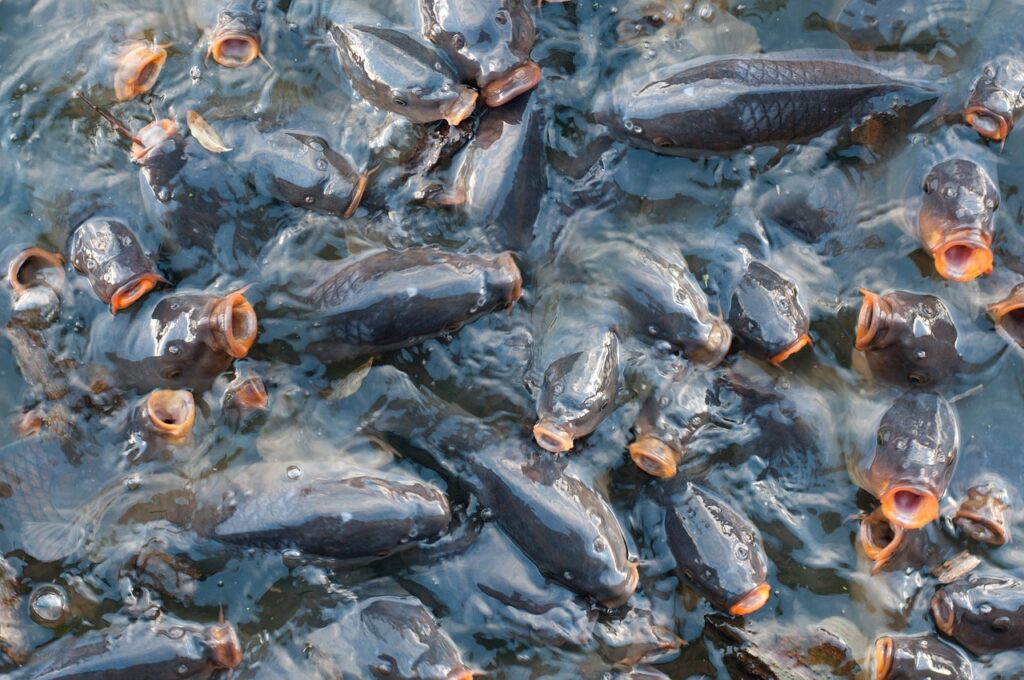
The Rui (Rohu), known as Label Rohitha, is a prominent freshwater fish species extensively bred in ponds and rivers across Bangladesh and South Asia. This species plays a vital role in the region’s economy and diet, representing a crucial and popular figure in aquaculture. In addition to Rohu, other commonly cultivated pond fishes in Bangladesh include Catla (Catla), Mrigal (Circinus mrigal), and Tilapia (Oreochromis niloticus), among others.
These fish species greatly contribute to Bangladesh’s diverse aquatic culture, serving as essential sources of nutrition and livelihood for many communities.
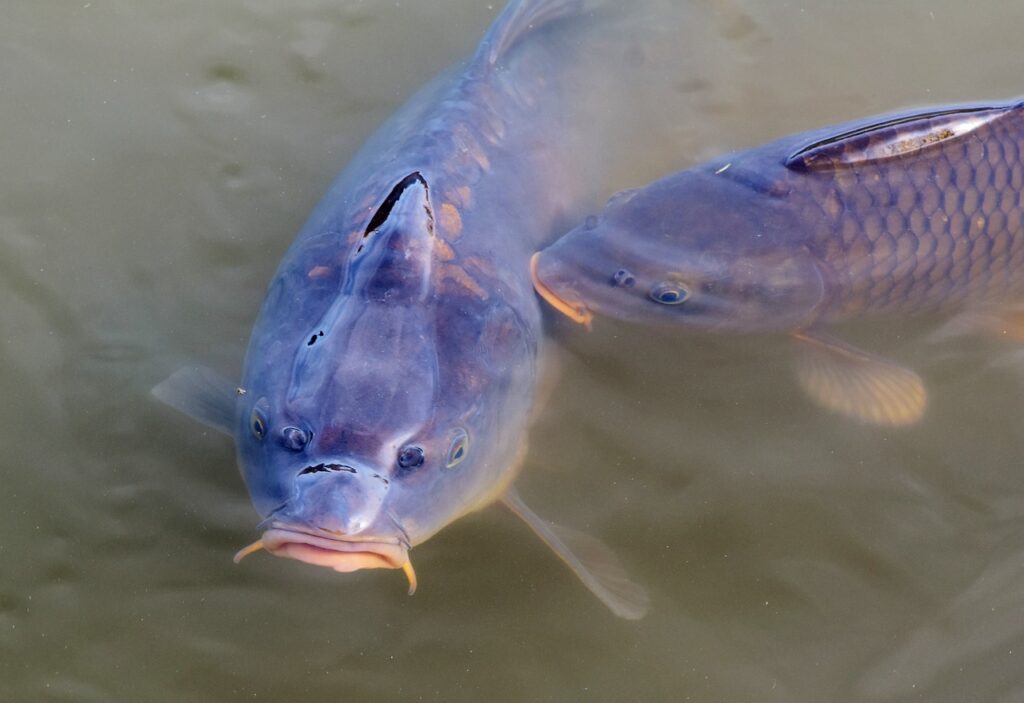
Pond Fish Cultivation Overview
1. Site Selection:
- Identify a suitable location with access to water and optimal soil conditions for pond construction.
- Take into account factors such as water availability, soil quality, and proximity to markets.
2. Pond Construction:
- Build ponds of appropriate size and depth, tailored to the type of fish being cultivated and the scope of the operation.
- Ensure proper pond design to facilitate water circulation, aeration, and drainage.
3. Water Management:
- Sustain water quality by regularly monitoring parameters such as temperature, pH, and dissolved oxygen.
- Implement water management practices to ensure an optimal environment for promoting fish growth.
- Implement water management practices to ensure an optimal environment for promoting fish growth.
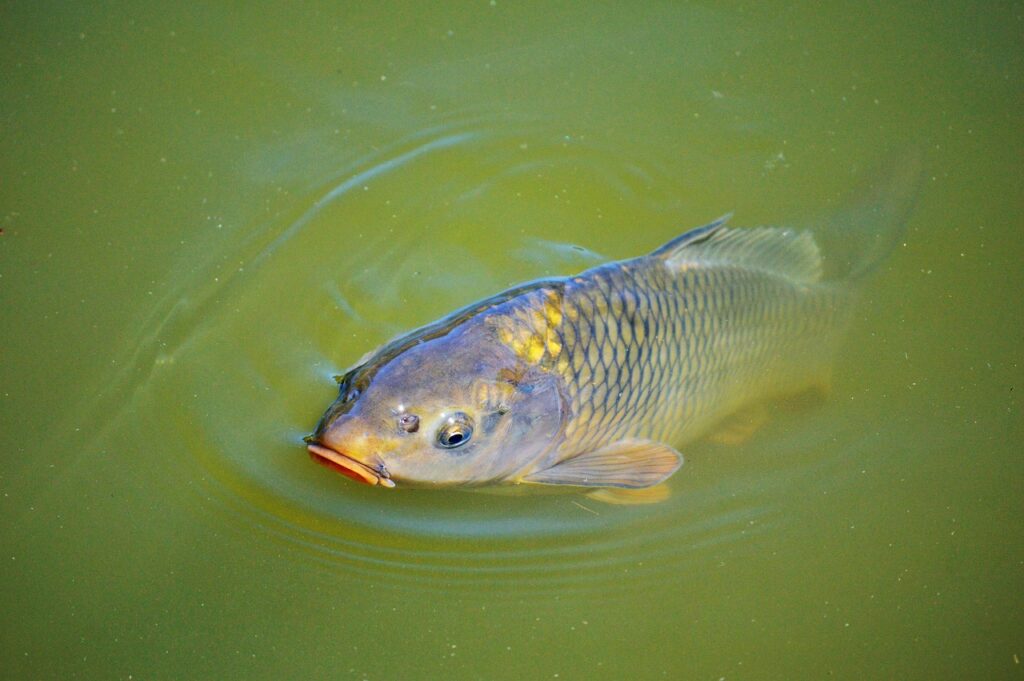
- Feeding:
- Supply the fish with appropriate, nutritionally balanced feed.
- Tailor feed management to the fish’s growth stage and the water temperature
- Regularly monitor the health of the fish.
- Enact disease prevention measures and promptly address any illnesses, as needed.
- Carefully manage stocking density to prevent overcrowding and encourage healthy development.
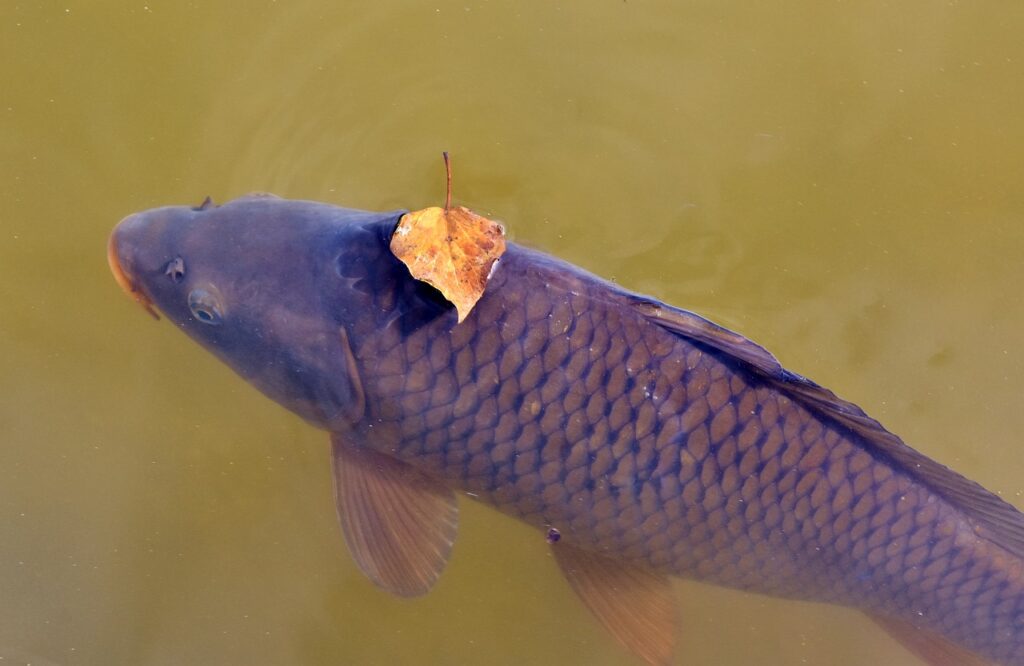
- Harvesting:
- Ensure fish are harvested at marketable size, with timing tailored to species and desired market dimensions.
- Employ suitable harvesting techniques to minimize stress and damage to the fish.
- Marketing:
- Formulate a comprehensive marketing strategy for the sale of harvested fish.
- Take into account local market demand, pricing, and distribution channels.
- Record Keeping:
- Maintain detailed records of stocking, feeding, water quality, and other pertinent parameters.
- Effective record-keeping facilitates the evaluation of cultivation success and informs decisions for future cycles.
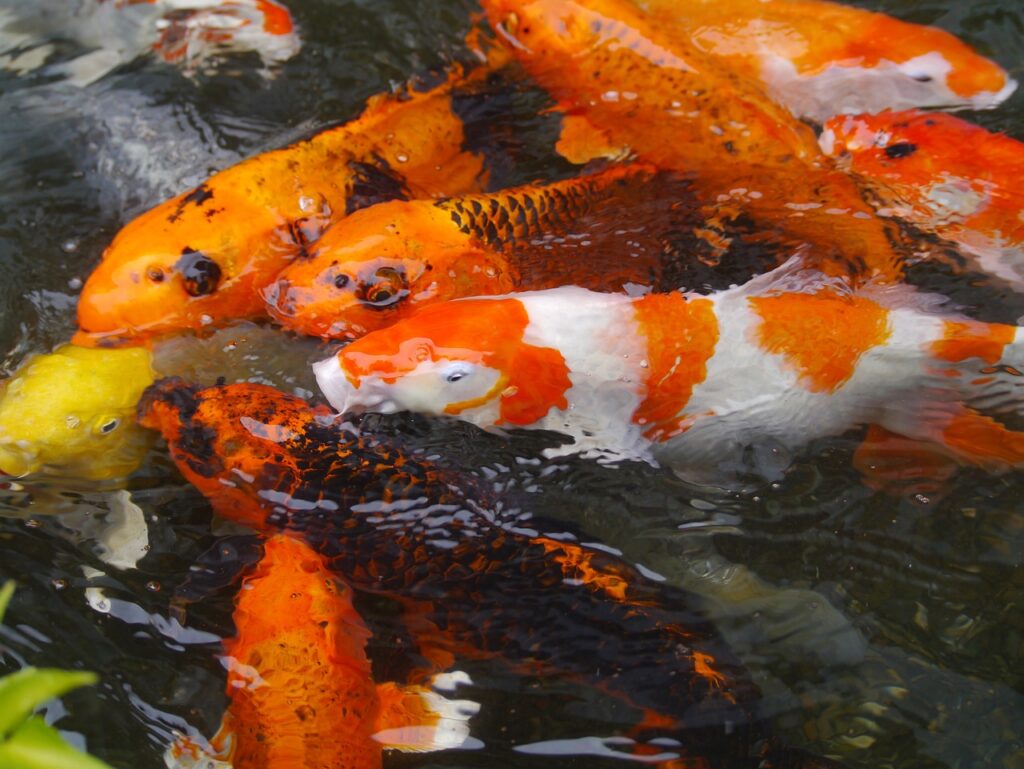
Marketing Strategy:
- Devising a marketing plan to promote the sale of the harvested fish, taking into account local market demand, pricing, and suitable distribution channels.
Documentation:
- Maintaining comprehensive records of stocking, feeding, water quality, and other pertinent parameters to evaluate cultivation success and facilitate informed decisions for future cycles.
Sustainable Practices Implementation:
- Enforcing sustainable practices aimed at preserving the environment and ensuring the long-term viability of the pond.
